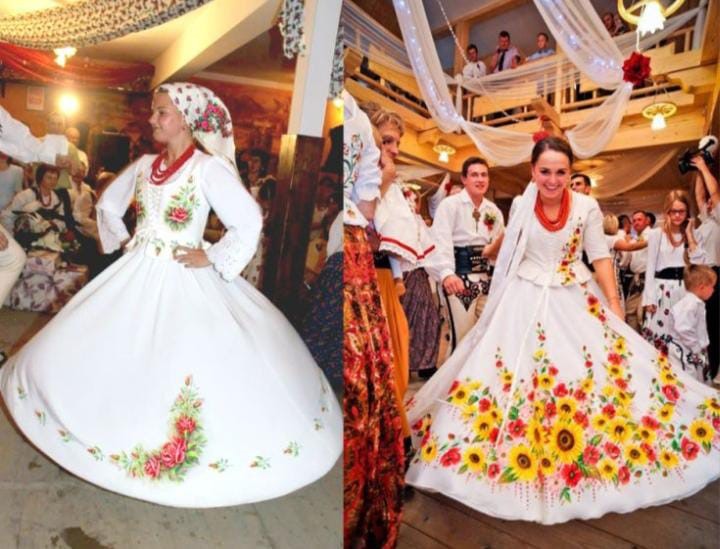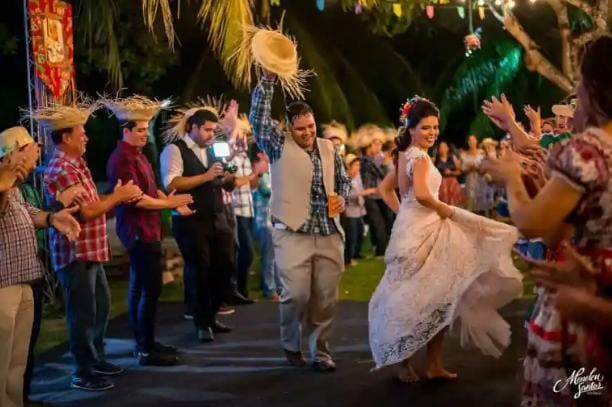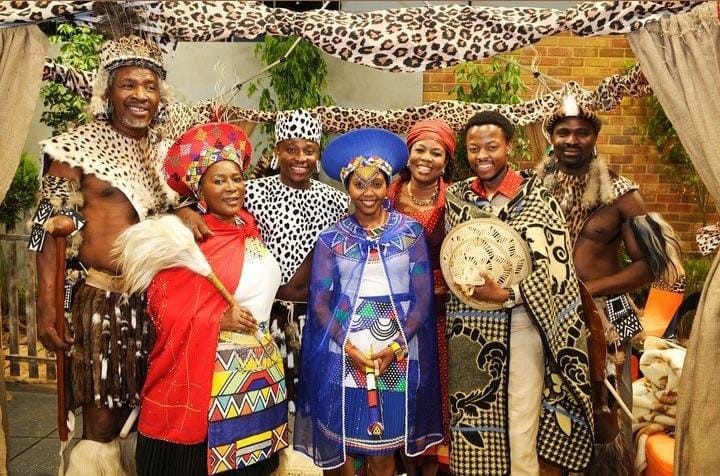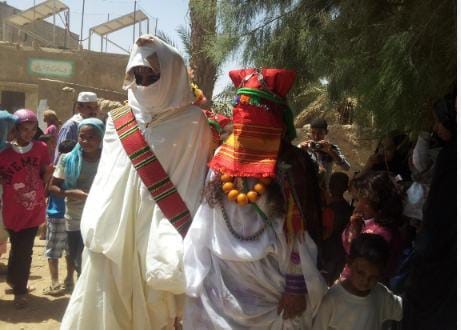Marriages play a significant role in contributing to cultural diversity in North America. Intermingling different cultures through marriage has shaped the region’s social fabric, allowing for the exchange and preservation of diverse traditions, beliefs, and practices.
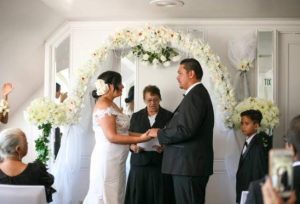
In this article, we will explore the concept of cultural diversity, the evolution of North American marriages, the intersection of marriage and culture, the impact of immigration on marriages, and the overall contribution of marriages to cultural diversity.
Understanding the Concept of Cultural Diversity
Cultural diversity catalyzes mutual understanding and respect, fostering a more harmonious and interconnected society. Within the North American context, marriages have been significant in reflecting and promoting this diversity.
North America is a melting pot of cultures with a rich tapestry of traditions and practices. From the indigenous communities that have inhabited the land for thousands of years to the waves of immigrants seeking new opportunities, the continent’s cultural diversity is a testament to its history and evolution.
Throughout history, North America has been shaped by the interactions and blending of diverse cultures. From the early European settlers who brought their customs and traditions to the indigenous peoples they encountered to the waves of immigrants who arrived searching for a better life, each group has left an indelible mark on the cultural landscape.
Cultural Diversity in North America
North America, with its long history of immigration and cultural blending, is a prime example of the benefits of cultural diversity.
Within North America, cultural diversity can be seen in the vibrant neighborhoods and communities that have emerged as cultural enclaves. From Chinatowns to Little Italys, these neighborhoods are a testament to the resilience and adaptability of different cultures as they establish their roots in a new land.
Furthermore, cultural diversity extends beyond geographical boundaries. In the digital age, the internet has provided a platform for people from different cultures to connect and share their experiences. Social media platforms, online forums, and video conferencing have made engaging with individuals from diverse backgrounds more effortless than ever, fostering a global community transcending physical borders.
The Evolution of North American Marriages
The concept of marriage in North America has evolved, reflecting changing social, economic, and cultural dynamics. Understanding this evolution is crucial in appreciating the region’s diverse marital practices today.
Historical Overview of North American Marriages
North American marriages have a rich historical tapestry. Native American tribes had distinct marital customs long before the arrival of Europeans. Colonial influences later shaped marriage practices, sometimes blending with indigenous traditions.
As North America developed, industrialization, urbanization, and increased mobility influenced marital patterns. The idea of romantic love gained prominence, leading to more individualistic choices in selecting partners. These historical shifts set the stage for various marital practices today.
Modern Trends in North American Marriages
In contemporary North America, marriages are marked by various trends that reflect the region’s cultural diversity. From traditional weddings that honor cultural rituals to same-sex marriages that affirm equality and inclusivity, the landscape of marital practices encompasses a broad spectrum.

Furthermore, non-traditional setups such as cohabitation, open marriages, and polyamorous relationships challenge conventional notions of matrimony and reflect evolving social attitudes. The modern North American marriage reflects the individual choices and desires of those involved while also reflecting the multicultural nature of the region.
The Intersection of Marriage and Culture
Marriage is deeply intertwined with culture, influenced by and influencing cultural values, norms, and practices. Understanding this intersection sheds light on the varying ways in which different cultures approach and experience marriage.
The Influence of Culture on Marital Practices
Culture infuses marriages with a distinct set of practices and expectations. These can include rituals, such as the exchange of dowries or engagement ceremonies, or cultural norms that dictate the roles and responsibilities of spouses within the marital union.
Furthermore, cultural attitudes towards gender, sexuality, and family structures influence the understanding of marriage within a specific cultural context. Exploring these diverse approaches helps broaden our understanding of the complexities and nuances of marital relationships.
The Impact of Immigration on North American Marriages
The history of North American marriages would be incomplete without acknowledging the profound impact of immigration on the region’s cultural diversity. Immigrants from all corners of the globe have contributed their unique traditions and practices, transforming the fabric of North American society.
The Fusion of Cultures in Marriages
Immigrants often experience the challenge of preserving their cultural heritage while adapting to their new surroundings. Marriages become a cornerstone for the fusion of cultures, creating a space where immigrant customs interweave with North American traditions.

By incorporating aspects of their homeland into their marital ceremonies, immigrants honor their cultural roots, pass down traditions to future generations, and contribute to the diversity of North American marriages.
Immigration and Changing Marital Norms
Immigration has also played a significant role in challenging and reshaping traditional marital norms within North America. The influx of diverse cultures has increased the acceptance of interfaith marriages, interracial marriages, and marriages that defy gender norms.
These shifting norms have expanded opportunities for individuals to explore love beyond cultural boundaries and contributed to the broader acceptance and celebration of cultural diversity within North American societies.
The Contribution of Marriages to Cultural Diversity
Marriages provide a platform for exchanging, transmitting, and preserving cultural diversity within North America. They serve as a bridge between cultures and foster understanding and appreciation for different traditions and values.
Marriages as a Platform for Cultural Exchange
In intercultural marriages, partners learn from one another’s backgrounds, creating an environment of mutual respect and appreciation. Couples share their traditions, languages, and beliefs, enriching their cultural understanding and influencing their children’s upbringing.
Furthermore, multicultural marriages often lead to connections and interactions with extended families and communities, promoting cross-cultural dialogue and understanding on a larger scale.
The Role of Marriages in Cultural Preservation
Marriages play a vital role in preserving cultural diversity by ensuring the continuation of cherished traditions and practices. In some cases, marriages serve as a means of safeguarding cultural heritage that might otherwise be lost over time.
By passing down cultural customs through marriage, future generations gain a sense of identity and connection to their heritage. These intercultural unions become integral in promoting cultural diversity as part of the fabric of North American society.
Conclusion
North American marriages have contributed significantly to cultural diversity within the region. Marriages are a microcosm of cultural values, reflecting and promoting diverse traditions, beliefs, and practices. Through intercultural unions, North America continues to evolve and grow as a multicultural society, celebrating the rich tapestry of human experiences.

